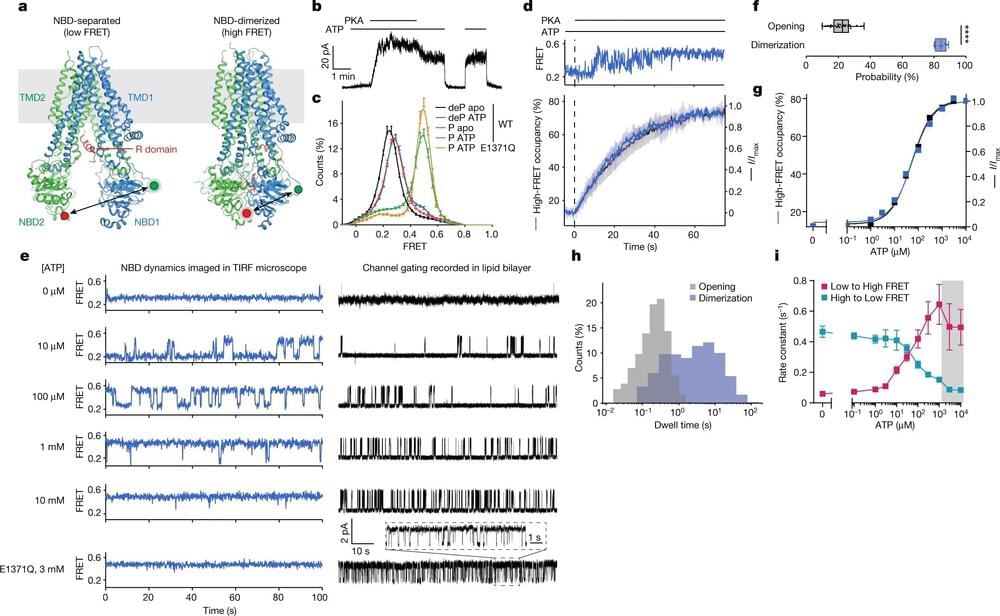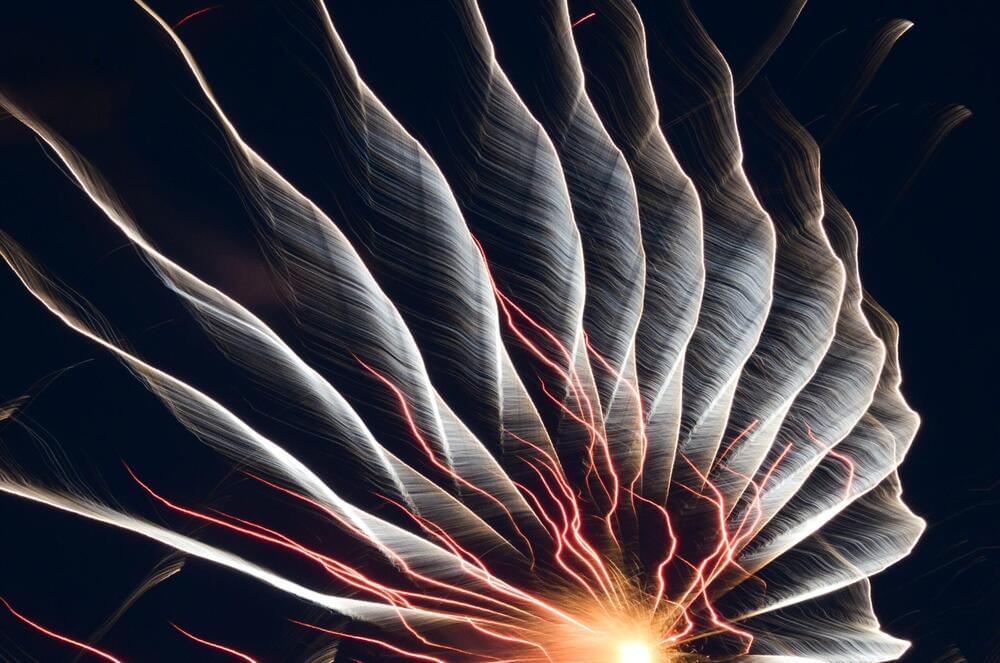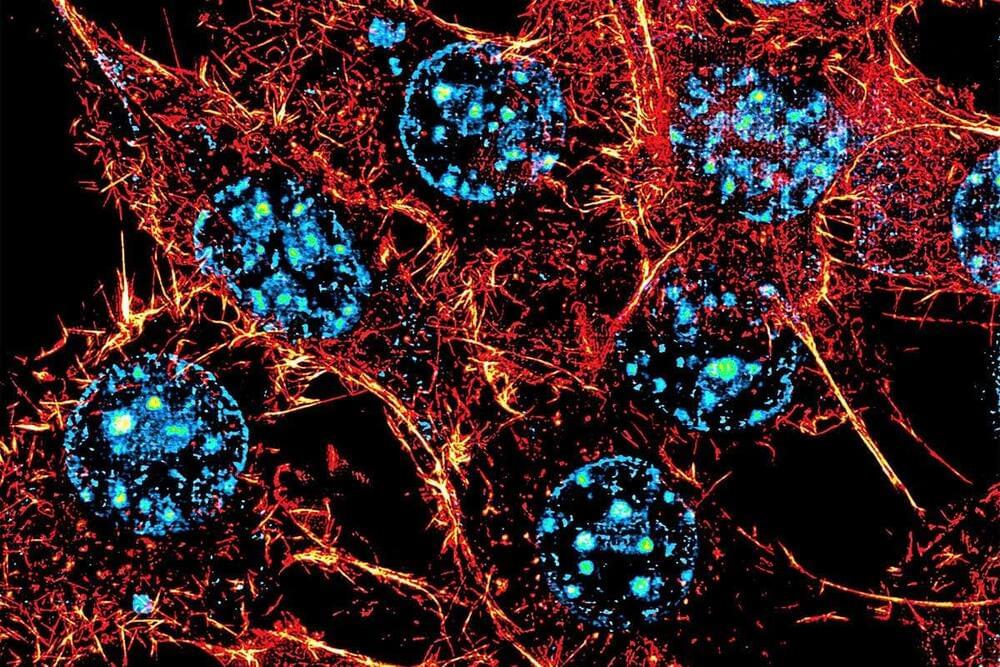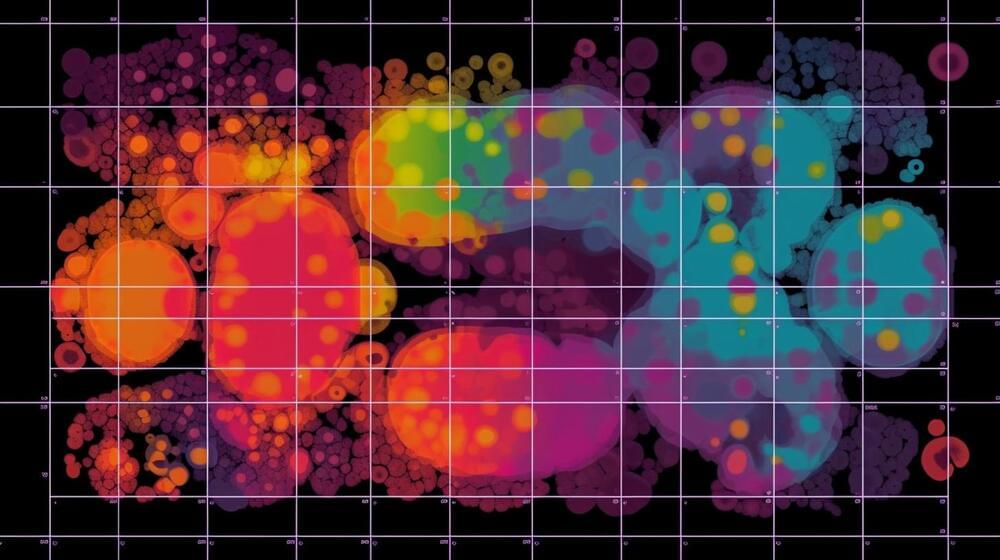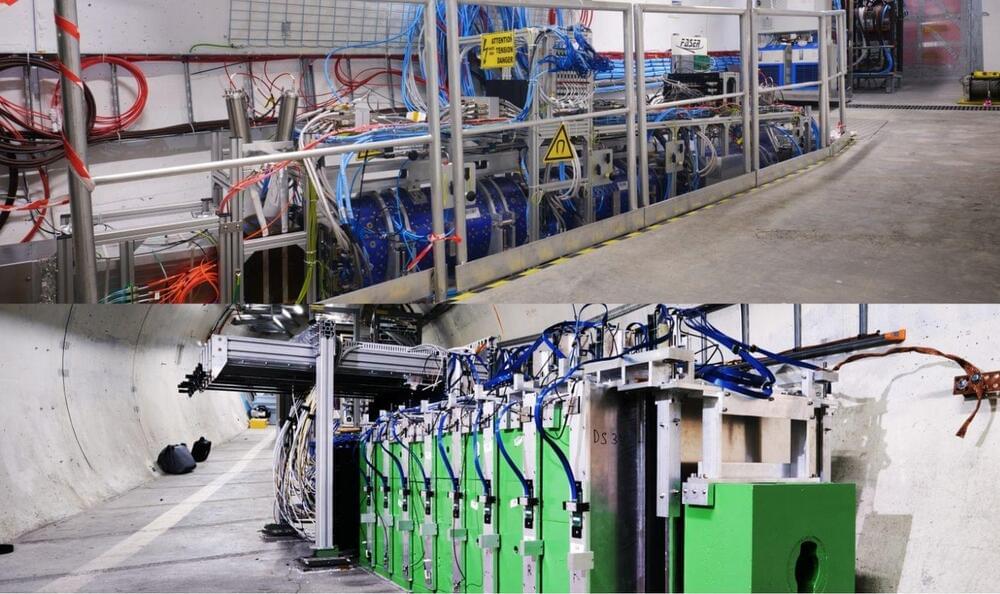
Saw this coming 5 or 10 years back. Soon concept of being a model will be non existent. Probably by 2030. And, once can realistically animate and walk around and speak, end of actors and acting also.
Levi’s is partnering with an AI company on computer-generated fashion models to “supplement human models.” The company frames the move as part of a “digital transformation journey” of diversity, equity, inclusion and sustainability. Although that sounds noble on the surface, Levi’s is essentially hiring a robot to generate the appearance of diversity while ridding itself of the burden of paying human beings who represent the qualities it wants to be associated with its brand.
Levi Strauss is partnering with Amsterdam-based digital model studio Lalaland.ai for the initiative. Founded in 2019, the company’s mission is “to see more representation in the fashion industry” and “create an inclusive, sustainable, and diverse design chain.” It aims to let customers see what various fashion items would look like on a person who looks like them via “hyper-realistic” models “of every body type, age, size and skin tone.”
Levi’s announcement echoes that branding, saying the partnership is about “increasing the number and diversity of our models for our products in a sustainable way.” The company continues, “We see fashion and technology as both an art and a science, and we’re thrilled to be partnering with Lalaland.ai, a company with such high-quality technology that can help us continue on our journey for a more diverse and inclusive customer experience.”

